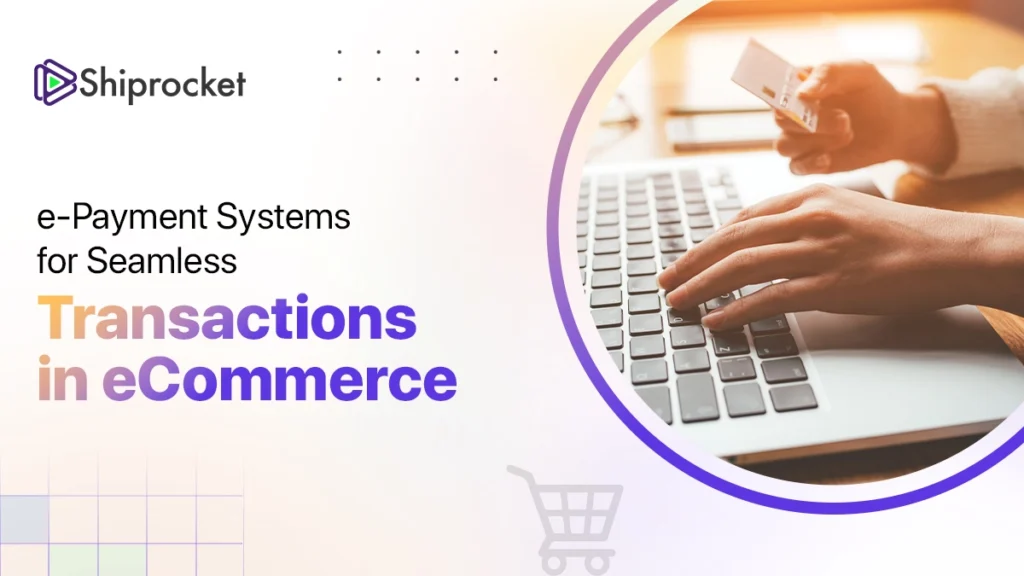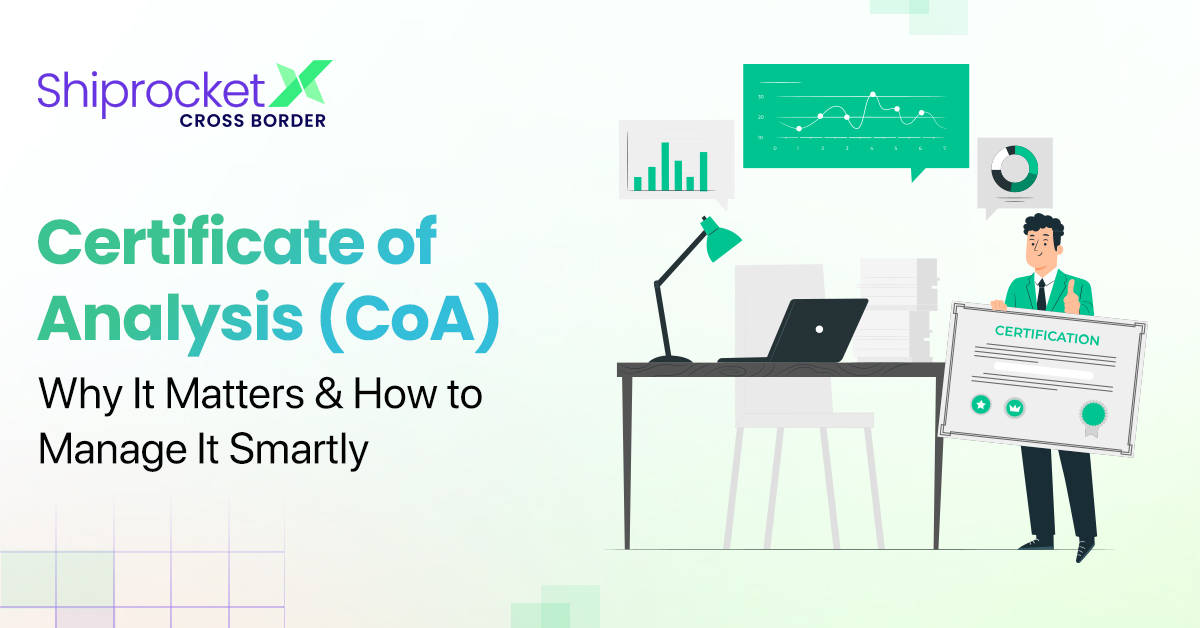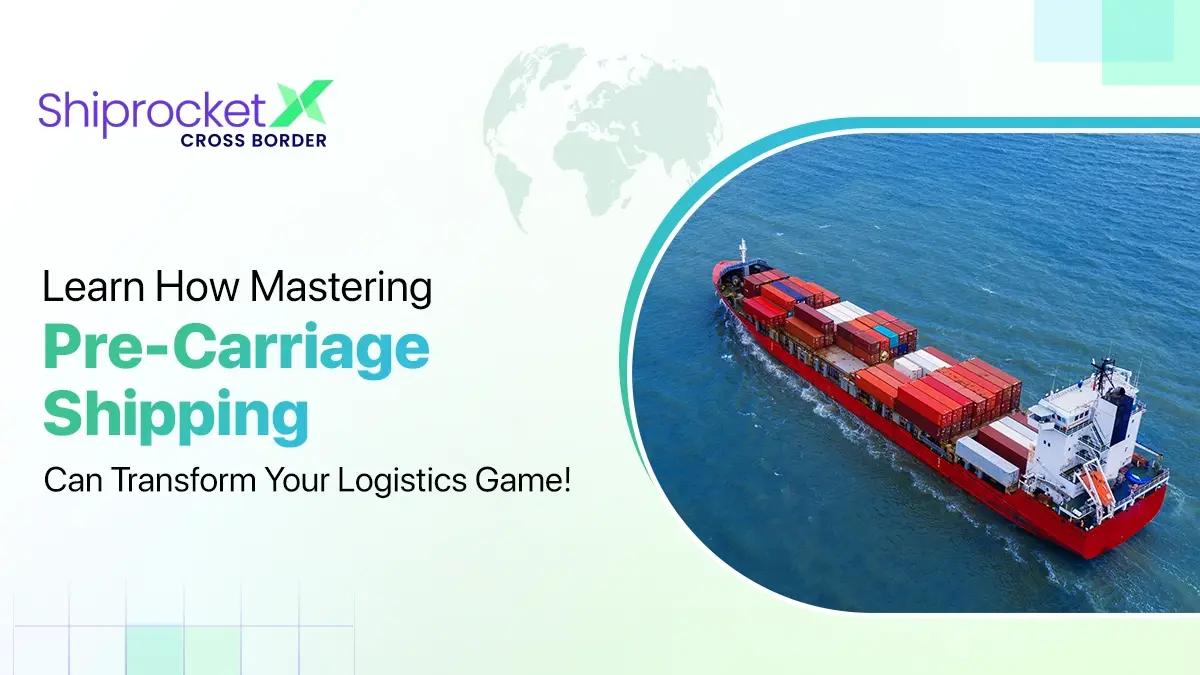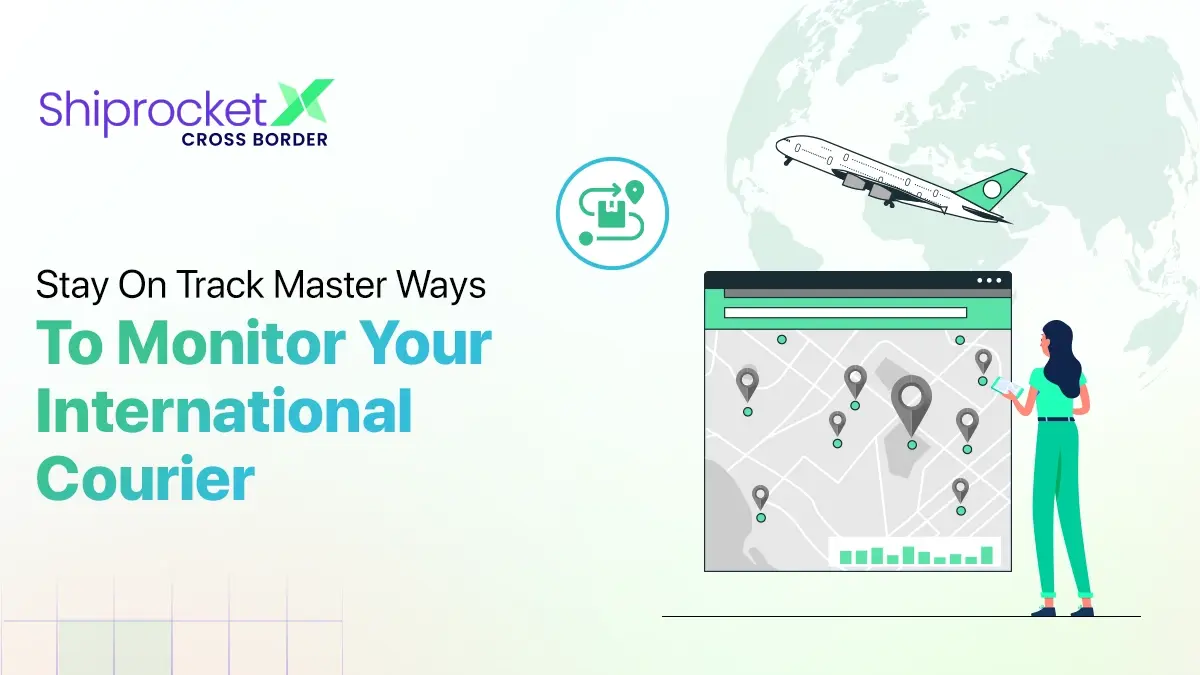eCommerce Transactions: Method, Laws & Tax Regulations
eCommerce businesses have given way to the concept of digital payments, which has become a preferred payment method worldwide. The e-payment system in eCommerce enables smooth online transactions while buying and selling products and services. It would not be wrong to say that the inclusion of convenient e-payment methods has helped boost eCommerce transactions. Buyers as well as sellers took some time to adjust to this new method of making payments. However, it has become the new norm in today’s digital world. Special laws and regulations governing e-payments have also been put in place to regulate taxation on the income earned by businesses.
Let us take a closer look at what is included under eCommerce transactions, how e-payments are done and the laws pertaining to electronic payments.

eCommerce Transaction in Detail
An eCommerce transaction refers to an online transaction between a buyer and a seller. During the process, a buyer purchases goods or services from an online store by making an e-payment. Different e-payment systems are employed in eCommerce to give way to such transactions. Most eCommerce portals offer multiple methods for making payments to ensure convenience for the buyer and enable smooth eCommerce transactions. These are facilitated by payment gateways or third-party payment processors. The procedure requires the buyers to provide the details of their payment. In return, the sellers need to provide a payment receipt. The buyers are given assurance that their personal and payment information will not be disclosed to anyone.
Here is how eCommerce transactions are helping businesses grow:
- Ensures Wider Reach – eCommerce transactions ensure a smooth exchange of goods and payment thereby increasing the potential for sales.
- Enhances Customer Experience – Customers can make payments easily by choosing the payment system of their choice. The hassle-free transaction process enhances customer experience.
- Fast Transactions – eCommerce transactions enable customers to purchase their desired products in a matter of minutes.
How e-Payments are Done for eCommerce Transactions?
e-payments for eCommerce transactions are done using different payment systems. Here is a look at the various e-payment systems in eCommerce:
- Debit Card
A debit card is among the commonly used e-payment methods. Through this method, the buyer can make the purchase in a few easy steps. The payment gets deducted from the bank account the card is associated with. It is credited to the seller’s account instantly in most cases.
- Credit Card
This is a popular e-payment system in eCommerce as it shuns the need to pay for the purchases upfront. When a credit card holder makes an eCommerce transaction using his card, the bank makes the payment on his behalf. The buyer pays the money back to the bank within a time period, along with the payment of other purchases on his credit card bill. Banks mostly follow a monthly payment cycle. During the transaction, the customer enters the credit card information on the eCommerce portal to make the payment.
- Smart Card
Smart cards enable users to store money and use it for eCommerce transactions. Payment through smart cards can be done by entering the pin assigned to them. The information is stored in these cards in encrypted format. Thus, they prove to be a secure method of making online transactions. Besides, they offer fast payment processing.
- E-Wallet
This payment method is gradually gaining popularity. It is like a prepaid account from which the payment for an eCommerce transaction can be deducted. It is a convenient way of making payments as there is no need to enter user credentials each time a purchase is made. In addition to offering convenience, it enables quick transactions. Some of the popular e-wallets in India are Paytm, Amazon Pay and PhonePe.
- Internet Banking
This is one of the most convenient e-payment systems in eCommerce. Most online shopping sites direct the buyers to their banking site where they can enter their customer ID and pin to make the payment and complete the e-commerce transaction.
- Mobile Payment
Many customers, these days, prefer mobile payment as it is a quick and easy way of completing eCommerce transactions. A mobile payment app must be downloaded to make e-payments using this method. Next, the buyers’ bank account needs to be linked with the mobile payment app. On making a transaction, the app gets a payment request. The payment is processed after the buyer approves the request.
Laws Governing the Transactions and Investments in the eCommerce Sector in India
There are different laws governing eCommerce transactions and investments in India. They have been framed to ensure smooth marketing, sales, purchase and other e-payments. Here’s a look at some of these:
- Section 43A of the IT Act – It contains provisions related to data protection.
- Section 84A of the IT Act – It gives responsibility to the Central Government to ensure the secure use of electronic means to promote eCommerce.
- Section 66 A of the IT Act – It inflicts a penalty if there is a theft of identity.
- Consumer Protection Act, 2019 addresses various kinds of issues arising in the eCommerce era.
Tax Regulations for eCommerce Transactions
The government has introduced strict regulations related to income tax and GST for eCommerce transactions. Let us take a brief look at some of these:
- Section 194-O, Introduced by Finance Act 2020, states that eCommerce operators must deduct 1% TDS from the gross amount they receive from sales.
- Section 165– Equalisation levy, introduced by Finance Act 2016. Under this, tax is levied if a businessman operating in India initiates payment for digital advertising to a non-resident of India (who does not have any permanent establishment in the country). Here, the consideration must be above INR 1 lacs per annum. Tax is also levied under Section 165 A, introduced by Finance Act, 2020. The considerations for the same are different.
Under the CGST Act’s Section 52, eCommerce aggregators must deposit tax at the rate of 1% on every transaction. All the traders must register under GST even if their turnover is below the set threshold limit.
Conclusion
The e-payment system in eCommerce has added to the convenience of buying and selling products online. Different types of e-payment systems are provided by online stores to facilitate a smooth purchase. Buyers can make the payment using debit, credit or smart cards. Payment can also be done via Internet banking, mobile banking and e-wallets depending on their preference. In most cases, the payment is instantly credited to the seller’s account. e-payment system in eCommerce is a win-win for both buyers and sellers.
Yes, many eCommerce portals provide customer support services to address e-payment-related issues. They can be contacted through e-mail, online chat or even helpline numbers.
Yes, many e-payment systems allow customers to save their payment details for future eCommerce transactions. This speeds up their next transactions.
e-payment systems in eCommerce take necessary security measures to protect sensitive user data. They adhere to strict security standards.







Excellent article! Was helpful to learn about E-commerce transactions.